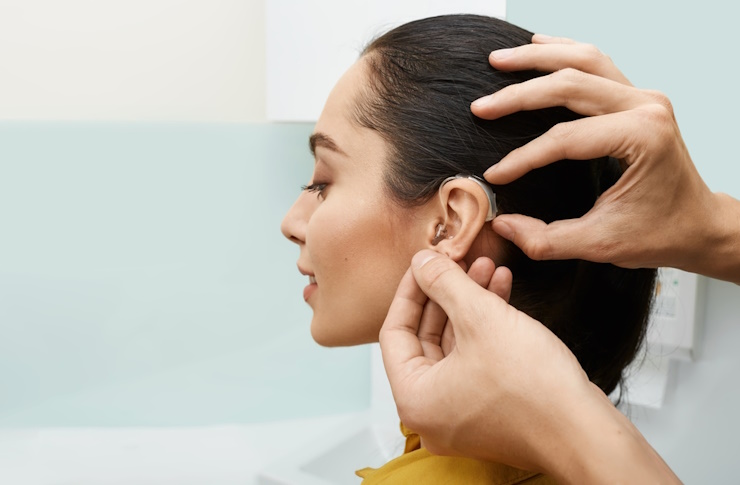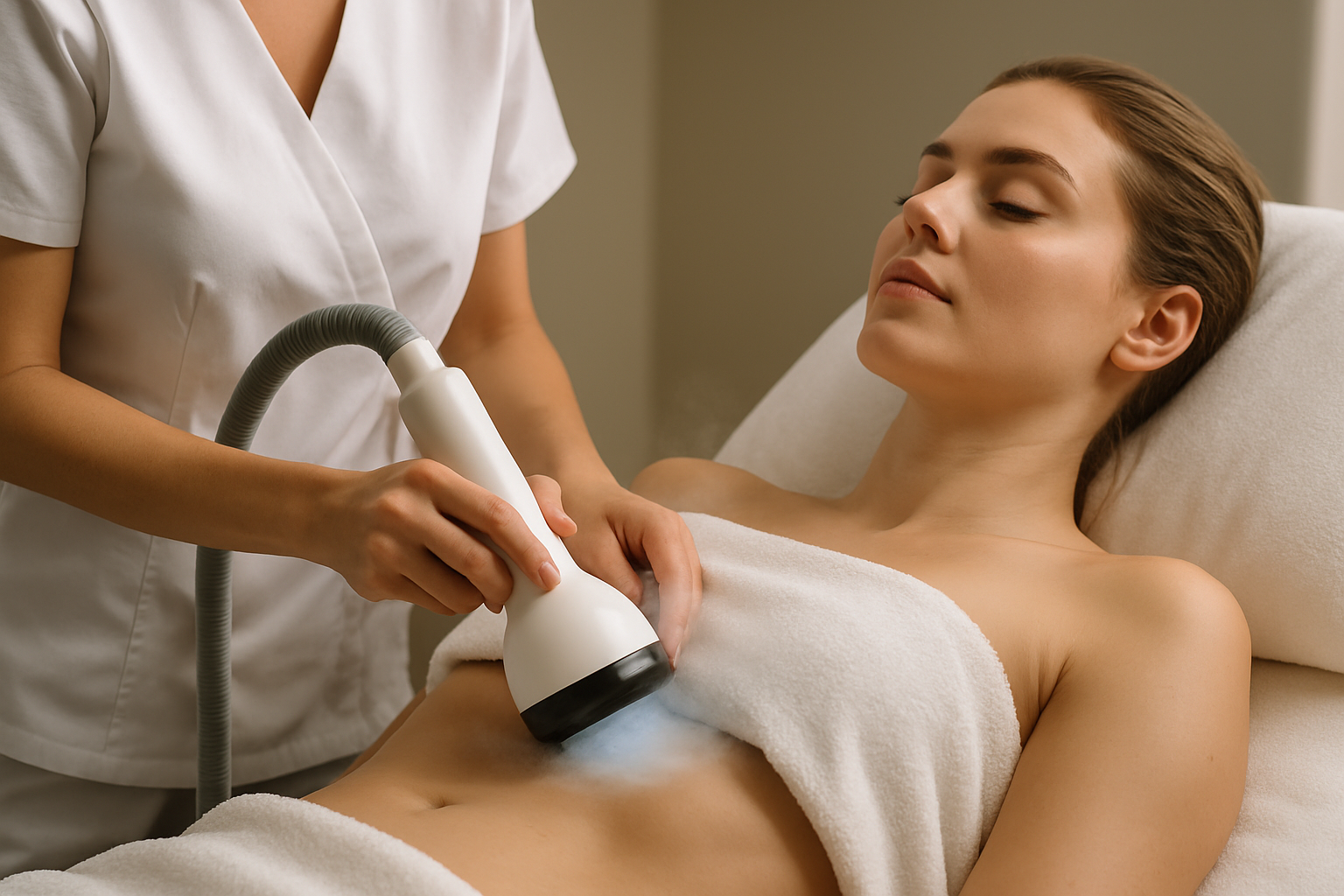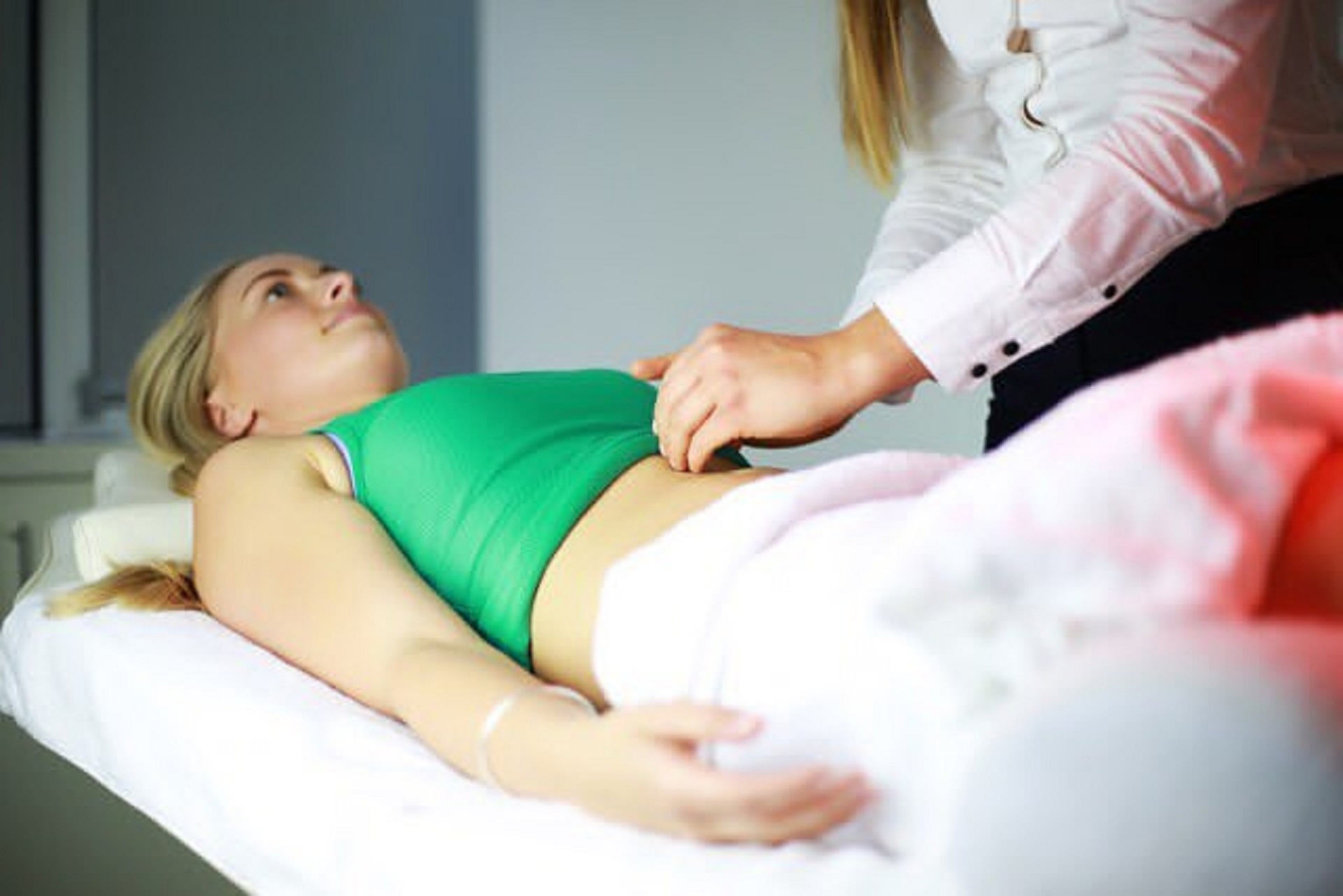Doctors Are Reexamining Tinnitus Relief – What You Need to Know
Tinnitus remains one of the most talked-about conditions in audiology. New conversations are emerging around therapies like Lenire, sound retraining, and neuromodulation. While researchers explore possibilities, it’s vital for sufferers to stay informed about evolving options and what to ask specialists next.

Tinnitus—that persistent ringing, buzzing, or hissing sound in the ears that has no external source—affects millions of people globally. For decades, patients were often told they would simply have to learn to live with this condition. However, the medical landscape is changing significantly as doctors and researchers reexamine approaches to tinnitus relief. Recent developments in understanding the neurological basis of tinnitus have prompted healthcare professionals to explore innovative treatment methods that may offer more effective solutions than previously available.
Growing Interest in Bimodal Neuromodulation Approaches
One of the most significant shifts in tinnitus treatment is the increasing focus on bimodal neuromodulation—a therapeutic approach that simultaneously stimulates multiple sensory pathways to promote positive neuroplastic changes in the brain. This technique typically combines auditory stimulation (sound) with another sensory input, such as mild electrical stimulation to the tongue or specific areas of the skin.
Research published in leading medical journals has shown promising results, with many patients reporting significant reductions in tinnitus severity after undergoing bimodal neuromodulation therapy. The approach targets the brain’s ability to reorganize itself and potentially reduce the perception of tinnitus sounds by redirecting neural pathways. Clinical trials have demonstrated that these effects can persist for months after the treatment period, suggesting long-term benefits beyond temporary relief.
Lenire Clinic Expansions Across Medical Centers
The growing evidence supporting bimodal neuromodulation has led to a notable expansion of specialized tinnitus treatment centers, particularly those offering the Lenire device—one of the first clinically validated bimodal neuromodulation systems for tinnitus treatment. Initially available in limited locations, Lenire clinics are now establishing a presence in major medical centers across Europe and North America.
These specialized clinics combine the technological approach of the Lenire device with comprehensive care from audiologists, otolaryngologists, and neurologists. The expansion reflects both increasing patient demand and growing physician confidence in these newer approaches. Many clinics report waiting lists for treatment, highlighting the significant unmet need for effective tinnitus interventions.
Evolution of Sound Retraining Approaches
Sound therapy has long been a cornerstone of tinnitus management, but approaches to sound retraining are becoming increasingly sophisticated. Traditional white noise machines are being supplemented or replaced by personalized sound therapies that match the specific frequency characteristics of an individual’s tinnitus.
Newer sound retraining therapies now incorporate elements of cognitive behavioral therapy (CBT) and mindfulness techniques, creating integrated programs that address both the auditory and psychological aspects of tinnitus. Some clinics offer smartphone-based applications that allow patients to adjust their sound therapy throughout the day based on changing tinnitus intensity or environmental conditions. These personalized approaches recognize that tinnitus is highly individual, and treatment strategies must be tailored accordingly.
Ongoing Clinical Research Expanding Treatment Options
The field of tinnitus research has seen a significant increase in funding and clinical trials over the past decade. Current research directions include investigating the effectiveness of transcranial magnetic stimulation (TMS), vagus nerve stimulation, and various pharmaceutical interventions targeting specific neurotransmitters involved in auditory processing.
Multi-center clinical trials are currently underway to evaluate these emerging approaches, with preliminary results suggesting that combination therapies—those that address multiple aspects of tinnitus simultaneously—may offer the most promising outcomes. Researchers are also exploring genetic factors that may influence tinnitus susceptibility and treatment response, potentially opening the door to more personalized medicine approaches in the future.
Tinnitus Treatment Technologies and Provider Comparison
As the field evolves, patients now have access to a wider range of tinnitus management options through various providers. Understanding the differences between these approaches can help individuals make more informed decisions about their care.
| Treatment Approach | Provider Examples | Key Features | Estimated Cost Range |
|---|---|---|---|
| Bimodal Neuromodulation | Neuromod Devices (Lenire), University Audiology Clinics | Combined sound and tongue stimulation, clinically validated | £2,000-£3,000 for device and sessions |
| Sound Therapy Systems | Widex Zen, ReSound Relief, Oticon | Customized sound profiles, smartphone integration | £150-£1,500 depending on sophistication |
| Cognitive Behavioral Therapy | NHS Audiology Services, Private Psychologists | Psychological coping strategies, stress management | £50-£150 per session (private) |
| Tinnitus Retraining Therapy | Specialized Audiology Centers | Combined counseling and sound therapy, long-term approach | £1,000-£3,000 for complete program |
| Hearing Aids with Tinnitus Masking | Phonak, Starkey, Signia | Dual function for hearing loss and tinnitus management | £1,500-£3,500 per pair |
Prices, rates, or cost estimates mentioned in this article are based on the latest available information but may change over time. Independent research is advised before making financial decisions.
Rising Patient Awareness and Self-Advocacy
As information about tinnitus becomes more widely available, patient awareness and advocacy have increased substantially. Support groups, online forums, and educational resources have empowered individuals to take a more active role in their treatment decisions. Many patients now arrive at medical appointments better informed about current research and treatment options.
This increased awareness has contributed to greater demand for specialized care and innovative approaches. Healthcare providers report that patients are increasingly requesting specific treatments they’ve researched, rather than passively accepting traditional management strategies. This shift in patient engagement has become a driving force behind the medical community’s reexamination of tinnitus treatments.
The landscape of tinnitus treatment is undergoing significant transformation as medical professionals integrate neurological insights with technological innovations. While there is still no universal cure for tinnitus, the expanding range of treatment options offers new hope for personalized relief. As research continues and treatment technologies evolve, individuals experiencing tinnitus have more reason than ever to consult with healthcare providers about the latest approaches that might help manage their specific symptoms.
This article is for informational purposes only and should not be considered medical advice. Please consult a qualified healthcare professional for personalized guidance and treatment.




